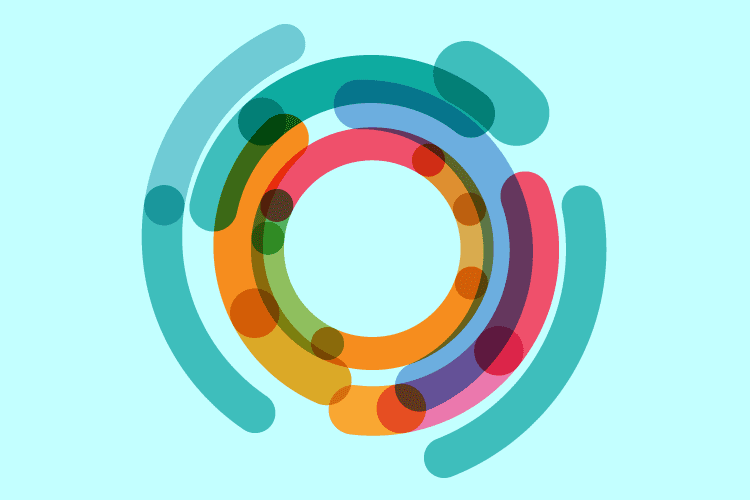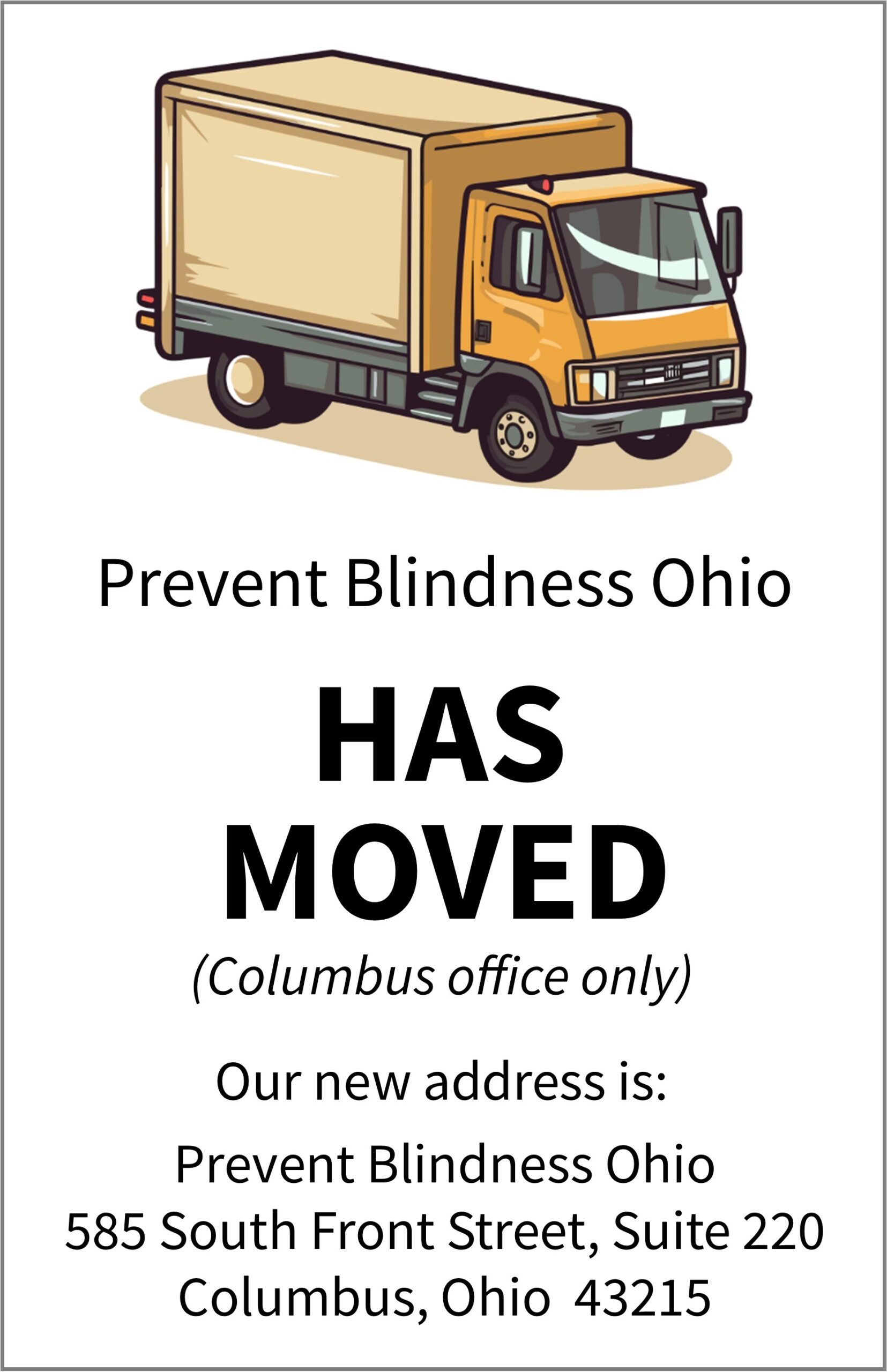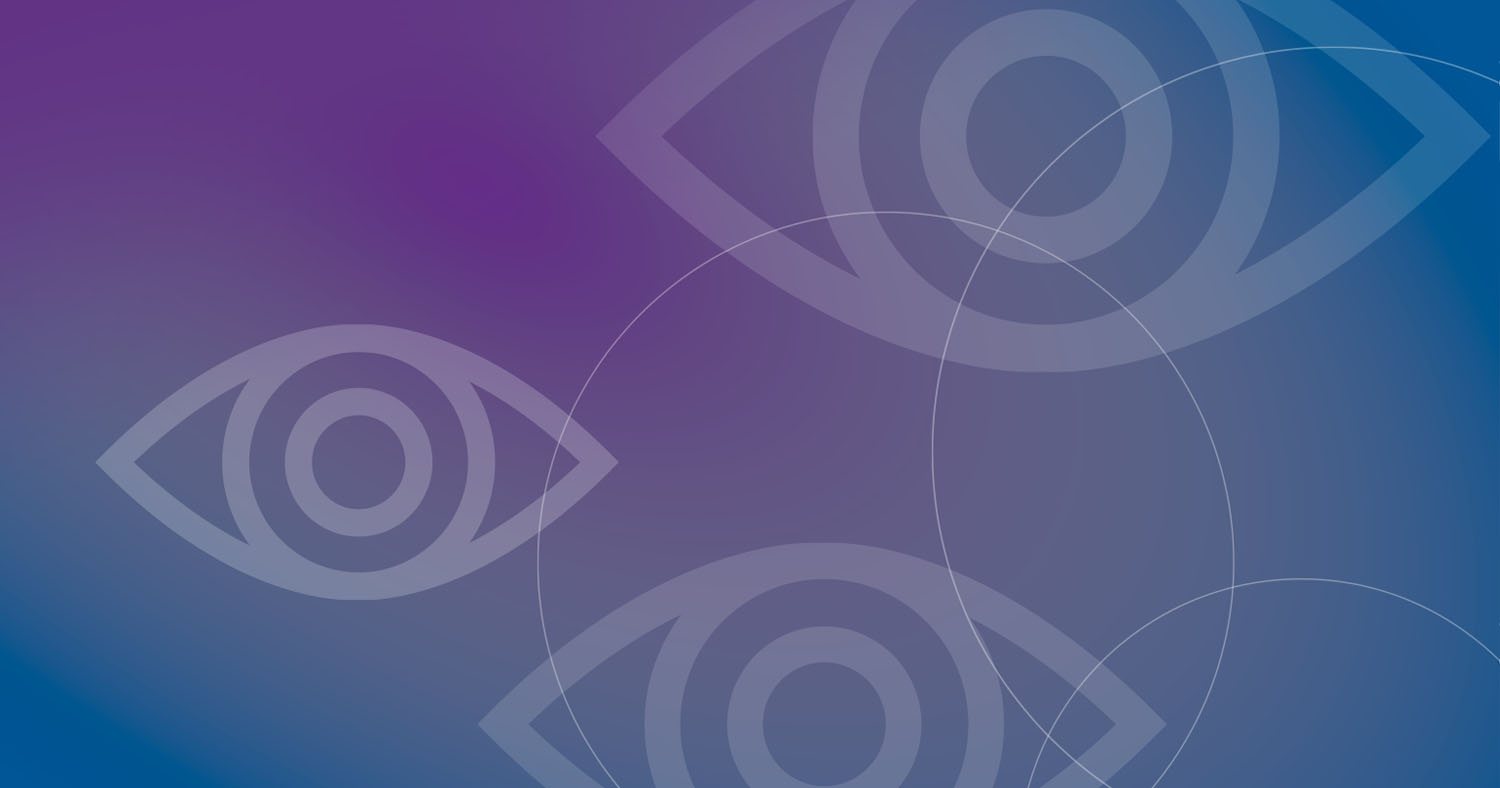A guest column by Mildred Olivier, M.D.
One of the things the eye doctor checks when examining your eyes is your intraocular pressure (IOP). That is a measure of the pressure inside your eyeball. Eyeballs aren’t empty. Your body makes various fluids and gels that keep your eyes nourished and maintain their shape. Unfortunately, sometimes the drainage system in the eye causes the fluid to build up, causing the disorder called glaucoma.
It is very important to distinguish ocular hypertension from glaucoma. Ocular hypertension is a risk factor in the development of glaucoma. The presence of ocular hypertension may not mean an individual has glaucoma. This is important because glaucoma is an eye disease that damages the optic nerve in a way that can lead to blindness. Once the fluid builds it can cause an individual to lose their peripheral vision. This is important because more women than men have primary open angle glaucoma (POAG). In fact, in the United States, approximately 1.7 million women ages 40 and older have POAG, with that number expected rapidly increase in the near future.
High intraocular pressure doesn’t always lead directly to glaucoma. Along with other things, high IOP is considered an important risk factor for the disease. Other risk factors include:
- gender,
- diabetes,
- high blood pressure,
- being of African, Caribbean or Mexican descent,
- being older than forty (Blacks)
- having relatives with glaucoma or
- having had a serious eye injury in the past. As one gets older the incidence of glaucoma also increases.
The more risk factors you have, the more concerned you and your doctor will be that your high IOP should be treated even though your optic nerves may show no signs of glaucoma.
Another important measurement is the thickness of the cornea. If the cornea is thick (CCT), then your pressure may actually be lower when measured. If the cornea is thin, then the pressure may be higher than detected by our measuring techniques.
Why don’t doctors treat everyone with high IOP just to be on the safe side? Beside the fact that not everyone with high IOP will go on to develop glaucoma, lowering IOP is an important decision. The medication used to lower IOP can be costly, and it can be difficult for patients who lack dexterity or the ability to follow schedules to administer.
Patients using these medications must be monitored closely by their eye doctors, which requires regular office visits. Some patients experience significant side effects from their medications, and there can be interactions with other medicines they take for different chronic health conditions. Still, when the risk of blindness from glaucoma is great, most of us who have access to treatment are willing to do so.
So what should patients do when their eye doctors says that their IOP is high? They should have this discussion about their individual risk factors with their doctors. Eye doctors consider a concept known as the “threshold to treat.” Some of the risk factors for glaucoma are more likely to lead to the disease than others, so doctors give them more weight than others. After discussing the patient’s medical profile, living situation and risk factors, the doctors and patients can decide together how to proceed with an elevated IOP. The doctor will do additional testing such as a visual field, imaging studies and dilating your eyes so that they can determine if the optic nerve is healthy. In individuals with a high pressure and no glaucoma, the additional testing should prove to be normal.
Even so, in some cases, they may decide to start treatment to protect the optic nerve from any future damage. In others, they may determine that closely monitoring the patient’s IOP is best. What is important is following through on their decision about going forward with a high IOP. I often get asked what one can do to protect their eye sight. What I say is that the most important decision one can make is to keep the next appointment so that proper monitoring and testing can be done to protect the eye sight since individuals cannot detect they have glaucoma until their sight is almost gone.
Post Script: This article is about a specific situation: high IOP. Please keep in mind that there are glaucoma patients whose IOP was never high at all (low tension glaucoma). While IOP is an important risk factor, the absence of above normal IOP does not mean that a person has no risk for glaucoma. In most cases, glaucoma responds very well to treatment when the condition is diagnosed in time. Regular eye exams are essential.
Bio
Dr. Olivier is Assistant Dean for Diversity and Professor of Surgery, Division of Ophthalmology at Chicago Medical School of Rosalind Franklin University of Medicine and Science and John H. Stroger, Jr. Hospital at Cook County. She is currently the CEO of the Midwest Glaucoma Center, P.C. She received her undergraduate degree from Loyola University and her medical degree from Rosalind Franklin University of Medicine and Science. She completed her ophthalmology residency at Columbia University at Harlem Hospital Center in New York. She completed her Fellowship in Glaucoma at the Kresge Eye Institute at Wayne State University under the direction of Dr. Dong Shin, M.D, PhD.
Dr. Olivier is a member-at-large of the Board of Trustees of the American Academy of Ophthalmology and President of Women in Ophthalmology. She also serves on the Women in Eye and Vision Research Committee of the Association for Research in Vision and Ophthalmology. She has served on the Advisory Council of the National Eye Institute, the Women’s Task Force and Women and Diversity Committee at the Association for Vision and Research in Ophthalmology, and is an AAO delegate to the American Medical Association. Since 2004, she has been a member for AMA’s Commission to End Health Care Disparities.



